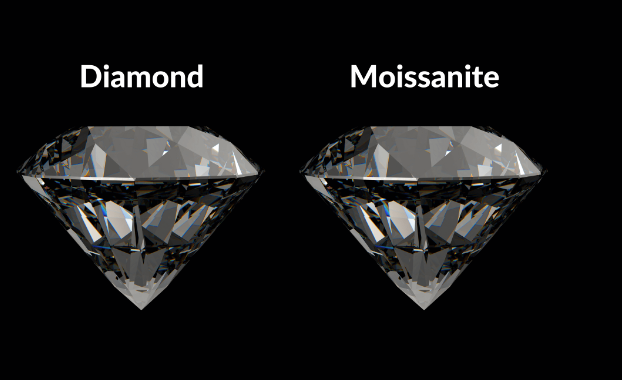Lab diamonds, also known as synthetic or man-made diamonds, have garnered considerable attention in recent years due to their environmental sustainability and the potential to alleviate the ethical concerns associated with mining natural diamonds. One intriguing variant of these lab-grown diamonds is the lab created green diamonds, which feature a vibrant hue and are a testament to the versatility of lab-grown diamond technology. Despite their synthetic origin, however, many people are often surprised to find that lab diamonds can be quite expensive. The reasons for this are multi-fold.
Firstly, the process to create lab diamonds is highly sophisticated and resource-intensive. It mimics the natural process that forms a diamond, which involves exposing carbon to high temperatures and pressures over a prolonged period. There are two primary methods to create lab diamonds: High-Pressure High-Temperature (HPHT) and Chemical Vapor Deposition (CVD). Both techniques require high-tech equipment and skilled labor, which significantly contribute to the cost.
Secondly, creating colored diamonds like the lab created green diamonds, involves additional steps. While a typical lab diamond is created to mimic the appearance of a traditional, clear diamond, colored diamonds require the introduction of specific trace elements during the creation process. These processes are often more complex and require even more precise control over the conditions, adding to the cost.

Another factor is the quality of the lab diamonds. Just like natural diamonds, lab diamonds are graded based on the 4Cs - Cut, Clarity, Carat, and Color. High-quality lab diamonds that have excellent cut, clarity, color, and large carat weights can be quite expensive. Especially when it comes to unique colors like the green in lab created green diamonds, achieving consistent color and clarity can be quite challenging and thus increases the cost.
Additionally, marketing and branding efforts also add to the final retail price of lab diamonds. As they continue to gain popularity and recognition, businesses invest heavily in marketing campaigns and branding to position these gems as ethical and sustainable alternatives to mined diamonds.
Lastly, research and development (R&D) costs also significantly impact the pricing of lab diamonds. Companies are constantly refining their techniques and exploring new ways to enhance the quality, efficiency, and range of their products, like creating green diamonds. These investments in R&D add to the overall cost of lab diamonds.
In conclusion, while lab diamonds may seem expensive, their price is justified when considering the intricate processes, skilled labor, quality standards, and marketing and R&D efforts involved in their creation. Especially when it comes to specialty lab diamonds like the lab created green diamonds, the price reflects the novelty, effort, and precision put into creating such unique gems.
